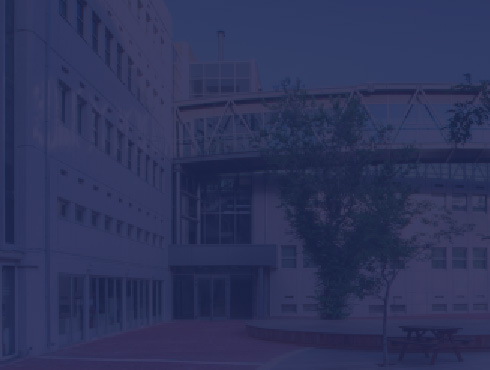High-Pressure Thermochemical Recuperation is a promising waste heat recovery method that enables utilization of the engine waste heat together with onboard hydrogen production. Our experimental findings showed that this method enables a significant engine efficiency improvement and gaseous emissions reduction over a gasoline reference case. At the same time, an unexpectedly high particle emission level as compared to the gasoline-fed engine was discovered in this study despite the combustion of a hydrocarbon-free hydrogen-rich reformate. In the existing literature, this phenomenon has not been described yet.
A direct experimental comparison between the reformate port fuel injection and the direct injection methods performed on the same engine showed an increase in particle formation when a direct injection is employed. Based on these results, several hypotheses were suggested and investigated attributing to lubricant involvement in the combustion process. The peculiarities specific for direct reformate injection that result in enhanced particle formation are: jet – lubricated-wall interaction, lubricant vapor entrainment into the reformate jet, and shorter flame quenching distance of hydrogen compared to gasoline.
Fundamental studies, both experimental and numerical, of the transient multicomponent gaseous jet were conducted to understand the transient fuel jet behavior. A CFD simulation was performed to gain information on the initial period of the jet development in the combustion chamber of ICE from the injection event till the wall impingement. In addition, the flow field of a transient round underexpanded jet was investigated using the combined high-speed schlieren imaging and particle image velocimetry (PIV).
The fundamental studies have provided much insight on the far-field flow characteristics of a gaseous transient underexpanded jet and helped to improve the understanding of the gaseous fuel-air mixing in ICEs using the direct injection method.



